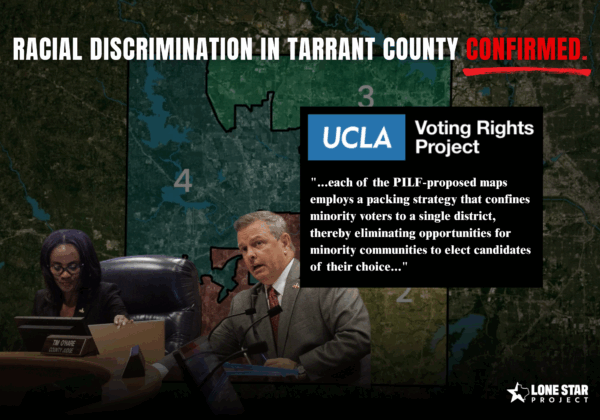Republican plan increases GOP safe and likely seats from 21 to 26
See the Republican Plan See the Major Alternatives Some in the media have mistakenly reported that Republican leaders divided the four new districts evenly with Democrats and Republicans each getting two. These reports are simply wrong and likely caused by the cynical and misleading renumbering scheme used by Republicans. Actually, under the pending plan, Republicans realize a net gain of five seats – all four of the new seats plus a fifth seat gained by converting a Hispanic opportunity district into an Anglo controlled district. In all, the number of safe and likely safe Republican seats in Texas would increase from 21 under the old 32-district map to 26 under the pending 36-district plan. Here’s how they break down:
GOP Incumbents Protected (+21)
All districts that currently favor Republicans were protected and in some cases enhanced.
- 20 Republican Members of Congress who were elected in 2008 were given districts just as safe, or safer, than under the old 32-District map.
- Central Texas District 17 was a Republican leaning district under the old 32-district map but had been held by Democrat Chet Edwards until 2010. Under the new plan, the District is reconfigured and is likely safe for Republican incumbent Bill Flores.
| To learn more about Texas congressional redistricting, see Lone Star Project reports on: |
Republicans won two Hispanic opportunity districts, CD 23 and CD 27, in 2010 because of the Republican wave combined with Anglo block voting that overwhelmed Hispanic turnout. The Republican leadership redrew the districts to shore up the weak freshmen.
- District 23 – This San Antonio-based district was a Hispanic opportunity district under the old 32-district plan and had elected former Congressman Ciro Rodriguez in 2006 and 2008. Republican Francisco Canseco narrowly won the seat in 2010 due to heavy support from Anglo voters. Under the pending GOP plan, the Republicans strengthened the Anglo voters at the expense of Hispanics to shore up Canseco.
- District 27 – This Corpus Christi-based district was a Hispanic opportunity district under the old 32-district map and held by Solomon Ortiz for almost 30 years. Under the new plan, the district is radically converted into a new district safe for a Republican candidate. Rather than give the district a new number, the Republicans label it District 27 and put the new number “34” on what is essentially the old Ortiz district.
Additional GOP Seats with New District Numbers (+3)
The Republican plan draws three other additional seats for Republicans, one assigned an old district number (25) and two given new numbers (33 and 36). This misleading number shuffle has created some confusion with the media and the public.
- District 25 – In the 32-district plan, CD25 was an Austin-based district easily held by Democratic incumbent Lloyd Doggett. Under the pending GOP plan, it is radically changed into a new Republican district. Again, rather than give the district a new number, the Republicans misleadingly label it District 25 and put the new number 35 on a district that includes much of Doggett’s base. The rest of Doggett’s base is divided among four other Republican districts
- District 33 – This North Texas district is safely Republican, but cynically designed to crack both Hispanic and African American neighborhoods within and near the city of Arlington. While Arlington makes up more than half the population of the District, the majority of Republican primary voters come from the heavily Republican suburban and ex-urban parts of the District.
- District 36 – This southeast Texas district is safely Republican and designed so that rural and suburban voters will overwhelm minority voters in the Houston area and in Beaumont


